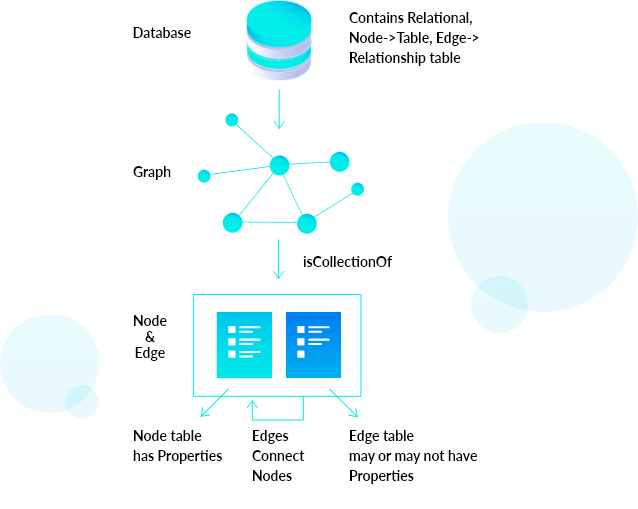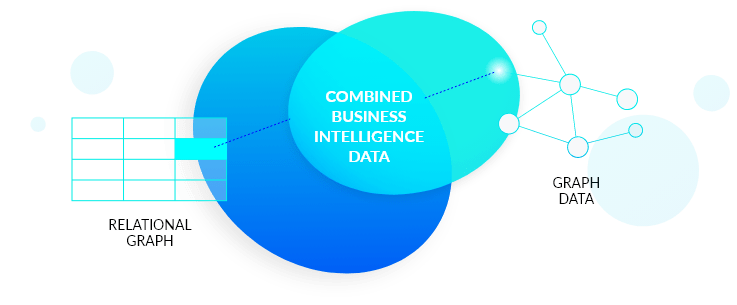Our product is innovative because of the way we combine relational data with graph capabilities. Everything is implemented natively, in the same core, without any addition of extensions/add-ons, external libraries or other 3rd party components/dependencies.

The complete C++ native implementation processes data and performs queries faster, scales bigger and runs more efficiently while requiring less hardware. This is the main differentiator for our product – we are not “gluing” together separate pieces, but we build everything needed in the same core. This comes with important advantages: simplified architecture, simplified internal data exchange protocols, better performance, simplified maintenance, and simplified customization.
